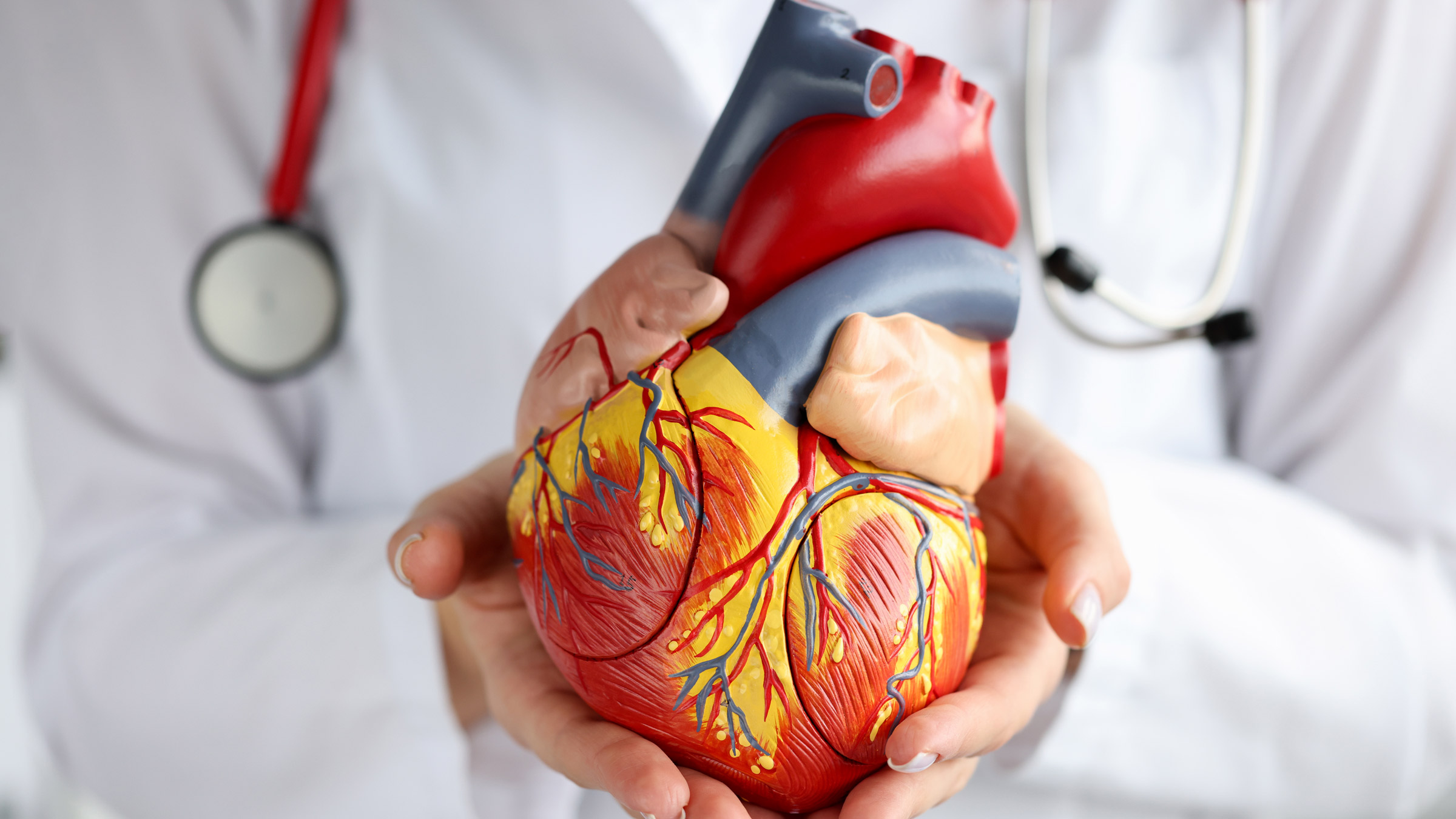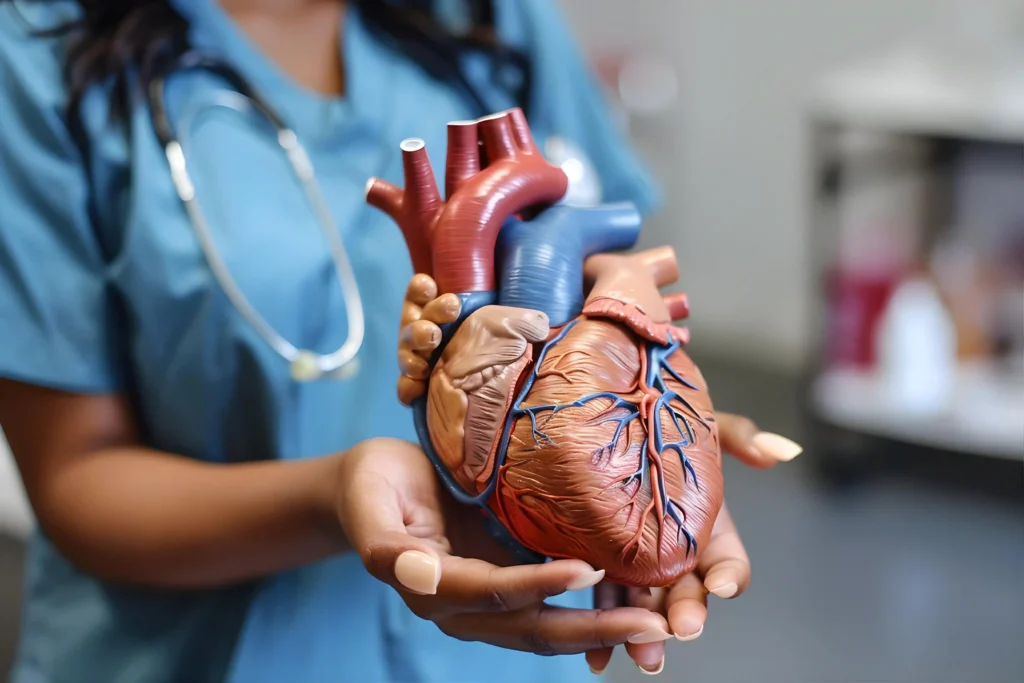How Cardiology care shields your cardiovascular health long-term
Wiki Article
Comprehending the Value of Cardiology in Modern Medical Care Providers
Cardiology plays a critical role in contemporary health care, especially as heart condition remains to be the leading reason of death worldwide. Breakthroughs in diagnostics and therapy have actually changed person treatment, enabling earlier interventions and improved outcomes. The change in the direction of preventive cardiology encourages individuals to handle their health proactively. As modern technology remains to progress, the assimilation of ingenious remedies might even more redefine cardiology's effect on public health, motivating a closer assessment of emerging fads and their implications.The Prevalence of Heart Problem and Its Influence On Public Wellness
Although heart disease continues to be the leading cause of death worldwide, its impact expands much past specific patients to influence public health and wellness systems and economic situations. The high occurrence of cardiovascular disease places a significant stress on medical care resources, necessitating boosted funding for rehabilitation, prevention, and therapy programs. Public health and wellness campaigns should resolve danger variables such as obesity, smoking cigarettes, and less active way of livings, which contribute considerably to the increasing incidence of heart conditions.Moreover, the financial burden related to cardiovascular disease is tremendous, including not only direct clinical expenses yet likewise indirect expenditures connected to lost efficiency and early death. Areas face difficulties in handling these prices, frequently causing differences in medical care access and outcomes. As the population ages and lifestyle-related dangers proceed to rise, the necessity for effective cardiology interventions becomes critical. Dealing with heart illness is not only a matter of individual health but also a critical public health priority.Advances in Heart Diagnostics and Imaging Techniques
Current innovations in heart diagnostics and imaging methods have transformed the field of cardiology, boosting the capacity to keep an eye on and identify heart problem. Strategies such as heart MRI, CT angiography, and echocardiography have actually come to be significantly innovative, giving thorough pictures of heart structures and functions. These methods permit the early recognition of problems like coronary artery illness, heart failure, and valvular disorders.Moreover, innovations in non-invasive diagnostics, such as wearable innovation and remote monitoring gadgets, have actually empowered people and doctor. These tools facilitate real-time tracking of heart rhythms and various other vital indicators, resulting in timely treatments. Furthermore, fabricated intelligence is being integrated right into imaging analysis, boosting precision and performance in diagnosis.Innovations in Treatment Options for Heart Issues
Recent improvements in cardiology have brought about considerable technologies in treatment alternatives for heart conditions. These consist of advanced medical techniques that improve step-by-step outcomes and arising drugs that provide brand-new avenues for therapy. As the area evolves, these advancements play a vital function in boosting patient care and results.Advanced Surgical Techniques
Innovations in surgical methods have actually changed the landscape of cardiology, providing new wish for patients with heart conditions. Minimally intrusive treatments, such as catheter-based treatments, have significantly minimized recuperation times and hospital stays. Methods like robotic-assisted surgical procedure boost accuracy, allowing cosmetic surgeons to navigate complicated physiological frameworks with better precision. Improvements in imaging innovation assist in real-time visualization throughout treatments, enhancing results. Transcatheter aortic valve replacement (TAVR) exemplifies an advancement in treating aortic stenosis, allowing valve replacement without open-heart surgery. In addition, hybrid strategies that combine catheter-based and surgical techniques offer customized options for various heart issues. These advanced medical methods not only enhance individual safety and security yet likewise increase therapy options, highlighting the important function of technology in contemporary cardiology techniques.Arising Medicines and Treatments
As the landscape of cardiology remains to progress, arising drugs and therapies play an essential function in boosting therapy alternatives for heart problems. Advancements such as novel anticoagulants and advanced lipid-lowering agents have changed the administration of cardiovascular diseases, significantly minimizing person morbidity and death. Additionally, the development of genetics therapies and regenerative medication supplies promising methods for dealing with conditions formerly deemed irreversible. Clinical tests are continuously revealing the efficacy of these therapies, pressing the borders of typical therapies. Additionally, the combination of electronic health modern technologies assists in customized medicine, permitting customized therapy strategies based upon hereditary and way of life elements. Jointly, these innovations emphasize the dynamic nature of cardiology, enhancing client outcomes and redefining criteria of care in modern-day healthcare.The Duty of Preventive Cardiology in Patient Treatment
Preventative cardiology plays a necessary function in individual treatment by concentrating on the recognition of threat variables that add to heart problem. Through way of life alteration methods and very early detection techniques, doctor can successfully lower the occurrence of cardio events - Cardiologist near me. This positive approach not only improves person end results yet additionally advertises long-term wellnessRisk Element Recognition
While heart diseases stay a leading source of morbidity and death worldwide, efficient danger factor identification functions as a foundation of precautionary cardiology. Identifying threat factors such as hypertension, family, hyperlipidemia, and diabetes mellitus history is crucial for early intervention. Medical care professionals make use of different screening approaches to review these aspects, enabling customized preventive measures. In addition, recognizing a patient's way of life selections, such as smoking and physical lack of exercise, further informs risk analyses. This comprehensive assessment makes it possible for clinicians to establish personalized treatment plans aimed at mitigating threats. By focusing on risk element recognition, health care systems can boost patient outcomes and reduce the general concern of cardiovascular diseases, eventually adding to enhanced public health approaches and resource appropriation.Way Of Living Modification Techniques
A wide range of researches highlights the crucial role of way of life alteration approaches in reducing heart disease risk. These strategies incorporate nutritional adjustments, enhanced exercise, smoking cessation, and weight administration. By taking on a heart-healthy diet abundant in fruits, veggies, whole grains, and lean proteins, people can lower cholesterol degrees and blood stress. Normal physical task strengthens the heart and enhances total cardio wellness. Additionally, stopping cigarette smoking substantially reduces the danger of cardiovascular disease and boosts recovery prices for those with present problems. Weight monitoring additionally adds to cardiovascular wellness by minimizing other threat elements such as diabetes and high blood pressure. Carrying out these way of living transforms not just promotes specific health however likewise works as a cornerstone of preventive cardiology in person treatment.Early Discovery Strategies
Lifestyle modifications greatly contribute to decreasing heart disease dangers, but they are most efficient when coupled with very early discovery strategies. Preventive cardiology emphasizes the significance of identifying possible heart problems before they rise into severe problems. Methods such as high blood pressure tracking, cholesterol testing, and progressed imaging technologies like echocardiograms play essential functions in examining cardio wellness. Biomarkers and genetic testing likewise improve the precision of early discovery, enabling tailored precautionary methods. Routine heart danger examinations empower doctor to step in proactively, possibly protecting against cardiovascular disease and strokes (Dr Garcia). By incorporating these very early detection approaches into routine care, people can take advantage of timely way of living interventions and targeted treatments, inevitably enhancing and boosting outcomes high quality of lifeIntegrating Innovation Into Cardiology Practices
As advancements in modern technology continue to improve different fields, the assimilation of cutting-edge devices and systems right into cardiology practices has ended up being crucial for enhancing person care and results. Telemedicine platforms allow cardiologists to check individuals from another location, enhancing access to care while reducing the problem on medical care facilities. Wearable devices, such as smartwatches, enable constant heart price monitoring, signaling both doctors and individuals to prospective issues in real-time. In addition, synthetic knowledge (AI) is being used to analyze large amounts of heart data, assisting in very early diagnosis and personalized treatment strategies. Advanced imaging techniques, consisting of 3D echocardiography, improve visualization of heart structures, causing their explanation a lot more specific interventions. Digital health records (EHRs) improve individual info monitoring, guaranteeing that cardiologists have immediate access to critical information. Together, these technological developments are changing cardiology, advertising positive monitoring and improved health results for individuals with cardiovascular conditions.The Relevance of Person Education and Interaction
Person education and involvement play an essential function in the administration of cardio health and wellness. By furnishing individuals with understanding concerning their problems, treatment alternatives, and way of life modifications, doctor empower people to take an active role in their treatment. This aggressive method can bring about enhanced adherence to prescribed medicines, dietary changes, and workout programs, inevitably minimizing the risk of complications.Engagement likewise fosters a solid patient-provider relationship, encouraging open interaction and trust. When patients really feel informed and involved, they are most likely to voice worries and ask inquiries, which can cause official source much better professional results. Furthermore, educational sources, such as workshops or digital systems, can improve understanding and advertise self-management approaches. In general, focusing on client education and learning and interaction is important for improving cardio wellness, boosting top quality of life, and minimizing medical care prices connected with cardio diseases.Future Trends in Cardiology and Their Prospective Influence

Regularly Asked Concerns
What Way Of Life Modifications Can Minimize Heart Condition Danger?
The present question addresses lifestyle modifications that can significantly decrease heart condition danger. Cardiology care. Embracing a well balanced diet, engaging in routine exercise, keeping a healthy and balanced weight, managing stress and anxiety, and avoiding cigarette can notably improve cardiovascular health and wellnessExactly How Can I Identify Very Early Signs of Heart Problems?
Recognizing early indications of heart troubles entails monitoring signs such as upper body discomfort, shortness of breath, fatigue, and uneven heartbeat. Timely recognition of these indicators can motivate needed medical examination and treatment for far better outcomes.What Are the Distinctions Between Cardiologists and Heart Surgeons?
The differences between cardiologists and cardiac specialists depend on their roles; cardiologists primarily manage and identify heart conditions through non-invasive approaches, while heart specialists perform surgical treatments to deal with architectural heart issues. Each plays a vital, distinct duty.
How Frequently Should I Get My Heart Health And Wellness Checked?
The frequency of heart checkup varies based upon individual risk variables. Usually, adults must undergo assessments each to 2 years, while those with existing problems may need more regular assessments as encouraged by healthcare experts.What Duty Does Genetics Play in Cardiovascular Disease Danger?
Genes significantly look what i found influences cardiovascular disease danger, with familial patterns suggesting inherited conditions. Specific genes can predispose individuals to high blood pressure, cholesterol issues, and other cardio troubles, highlighting the importance of genetic screening in assessing heart wellness. Heart disease stays the leading reason of death internationally, its influence prolongs far beyond individual clients to affect public health systems and economic situations. Public health and wellness campaigns need to deal with threat factors such as excessive weight, cigarette smoking, and less active way of livings, which add greatly to the rising occurrence of heart conditions.Moreover, the economic concern linked with heart condition is immense, incorporating not just direct clinical costs but additionally indirect expenses associated to shed efficiency and early mortality. Preventative cardiology plays a necessary role in individual care by concentrating on the recognition of danger aspects that add to heart disease. Man-made knowledge (AI) and maker learning are improving diagnostics and individual tracking, making it possible for very early discovery of heart conditions. The differences in between cardiologists and heart surgeons lie in their functions; cardiologists mostly manage and identify heart problems through non-invasive approaches, while cardiac surgeons perform surgical procedures to remedy architectural heart problems.Report this wiki page